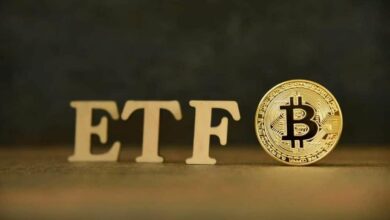The swearing-in ceremony, also known as the presidential inauguration, is one of the most significant and solemn rituals in democratic governance. Rooted in tradition and symbolic of the peaceful transfer of power, this ceremony has evolved over the centuries to reflect the values, challenges, and historical moments of each era. This essay explores the origins, development, and significance of the swearing-in ceremony for presidents, focusing on its constitutional foundation, traditions, and notable moments in history.
Constitutional Foundation
The swearing-in of a new president is mandated by the United States Constitution. Article II, Section 1, Clause 8 states:
“Before he enter on the Execution of his Office, he shall take the following Oath or Affirmation: — ‘I do solemnly swear (or affirm) that I will faithfully execute the Office of President of the United States, and will to the best of my Ability, preserve, protect and defend the Constitution of the United States.'”
This brief but profound oath underscores the president’s commitment to the rule of law and the nation’s founding principles. The inclusion of “affirm” provides a secular option, reflecting the Constitution’s emphasis on religious freedom.
Early Traditions
The first presidential inauguration took place on April 30, 1789, when George Washington took the oath of office in New York City, the temporary capital of the United States. Washington’s inauguration set many precedents, including the tradition of adding “So help me God” to the end of the oath, though historians debate whether he actually said it. Washington also delivered the first inaugural address, establishing a precedent for presidents to outline their vision for the nation.
Subsequent inaugurations built upon these early traditions. Thomas Jefferson’s inauguration in 1801 was the first to take place in the newly built capital, Washington, D.C., and it marked the first peaceful transfer of power between political parties. Jefferson walked to the Capitol for the ceremony, symbolizing his commitment to humility and republican ideals.
Evolution of the Ceremony
As the nation grew, so did the scale and complexity of the swearing-in ceremonies. By the mid-19th century, the inauguration had become a public spectacle, drawing large crowds and featuring parades, balls, and other celebrations. Abraham Lincoln’s first inauguration in 1861 occurred under the shadow of looming civil war, and his words sought to appeal to unity and reconciliation. His second inauguration in 1865, held just weeks before his assassination, featured his famous line: “With malice toward none, with charity for all.”
The advent of technology further transformed the swearing-in ceremony. Calvin Coolidge’s 1925 inauguration was the first to be broadcast on radio, while Harry Truman’s 1949 ceremony was the first televised inauguration. More recently, Barack Obama’s 2009 inauguration was the first to be live-streamed online, reaching millions around the globe.
Memorable Moments
Throughout history, presidential inaugurations have often reflected the nation’s triumphs and trials. Franklin D. Roosevelt’s 1933 inauguration, during the Great Depression, featured his stirring call to action: “The only thing we have to fear is fear itself.” John F. Kennedy’s 1961 inaugural address inspired a generation with the famous exhortation: “Ask not what your country can do for you—ask what you can do for your country.”
In times of crisis, the swearing-in ceremony has served as a reminder of the resilience of democratic institutions. For example, Lyndon B. Johnson took the oath of office aboard Air Force One following the assassination of John F. Kennedy in 1963, a stark and somber moment in American history. Similarly, Gerald Ford’s 1974 inauguration, following Richard Nixon’s resignation, underscored the continuity of the presidency amid political scandal.
Conclusion
The swearing-in ceremony for presidents is more than a legal requirement; it is a profound symbol of democratic governance, continuity, and the peaceful transfer of power. From George Washington to the present day, these ceremonies have reflected the evolving history and values of the United States. They remind us of the resilience of democratic institutions and the enduring commitment to the principles enshrined in the Constitution. Each inauguration is a new chapter in the story of the presidency, offering hope and a renewed sense of purpose for the future.





